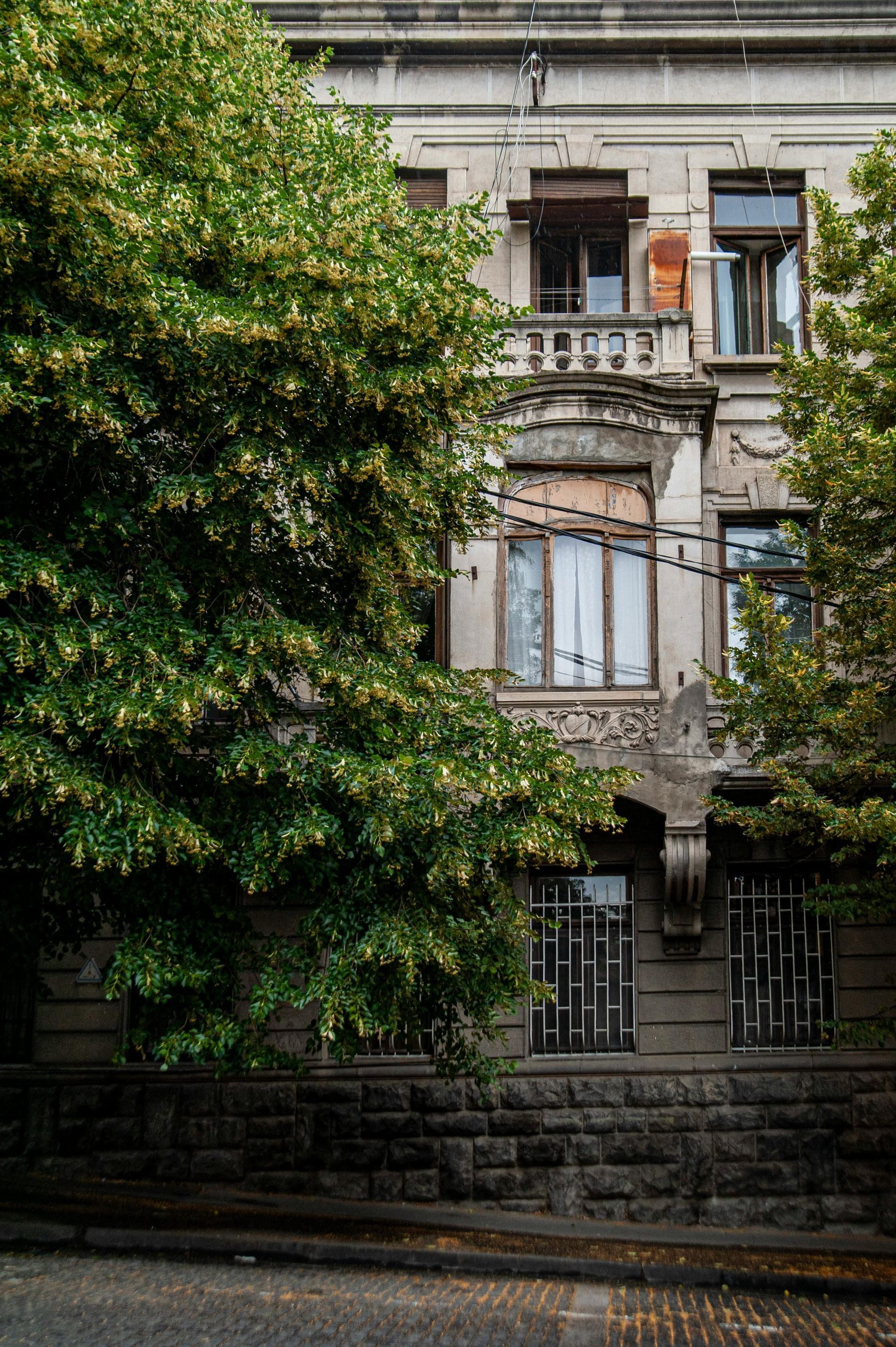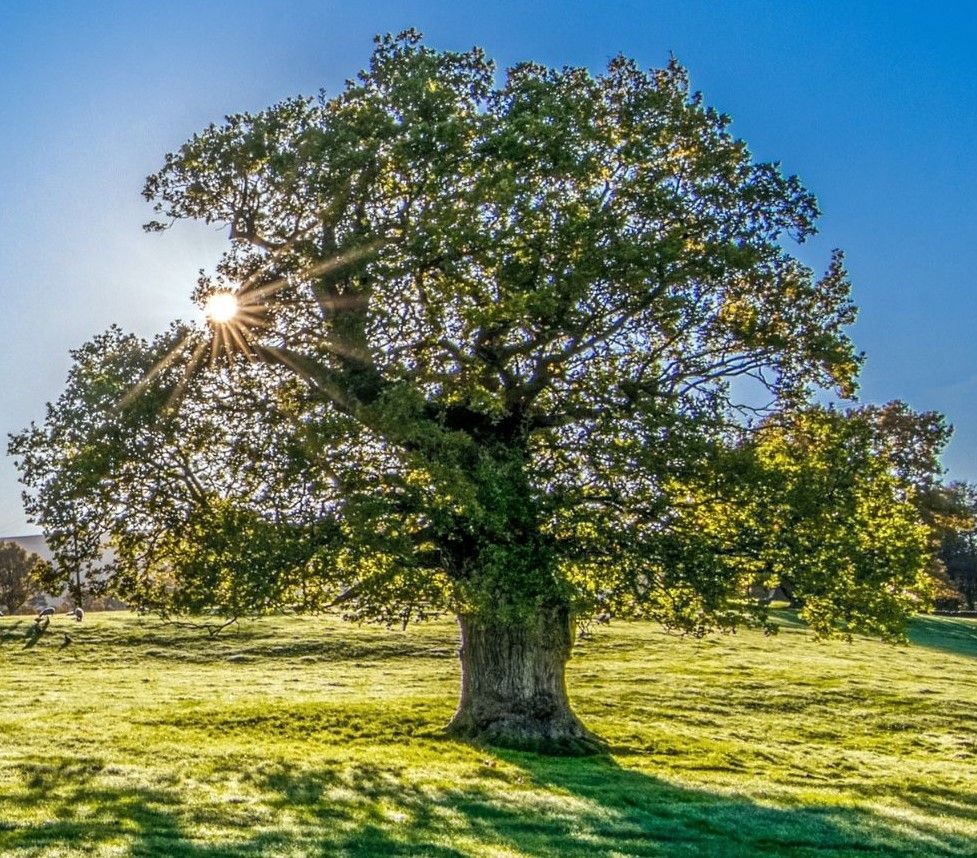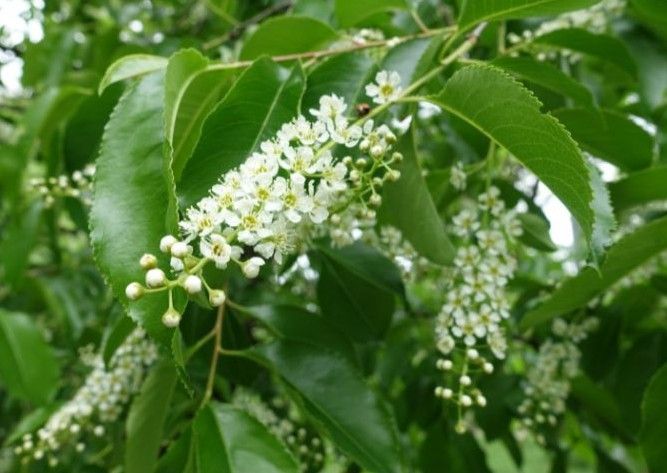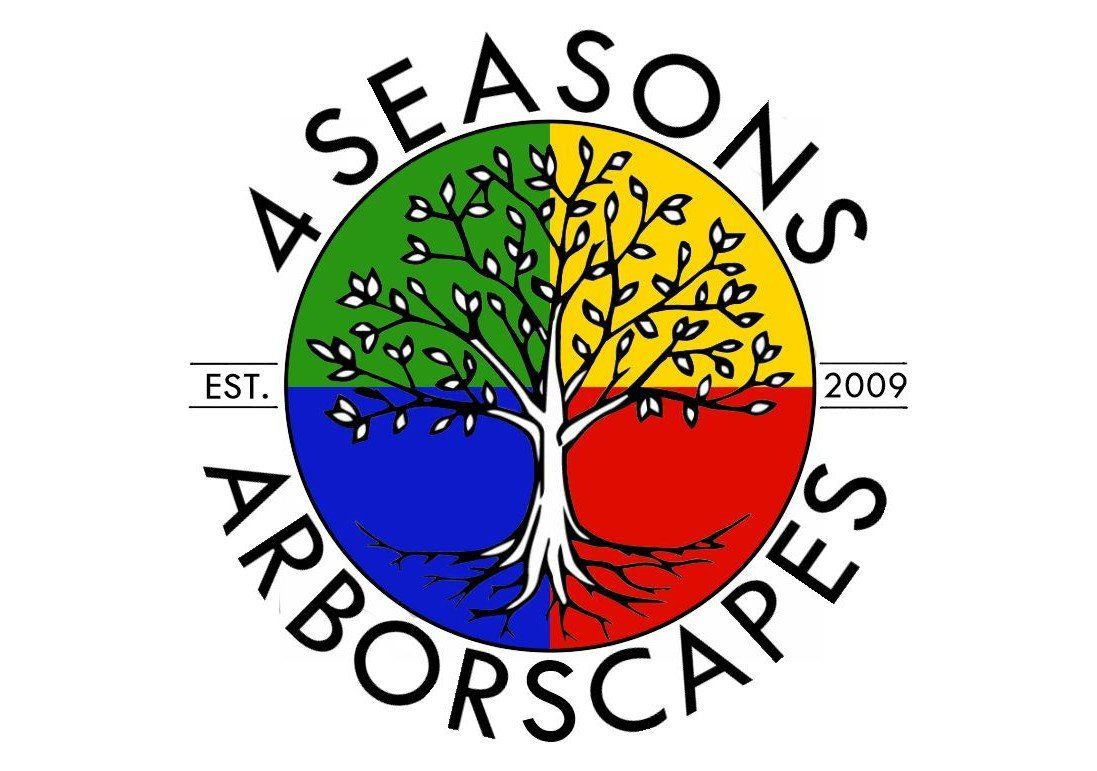The Guide to Organic Mulches
In the ever-evolving world of gardening and sustainable landscaping, organic mulches have emerged as a secret weapon for both seasoned horticulturists and novice green thumbs alike. These natural wonders, crafted from materials like wood chips, compost, and straw, have garnered increasing attention for their ability to enhance the health and vitality of your garden.
Beyond their visually pleasing aesthetics, organic mulches offer many benefits that extend far beneath the surface. From nourishing the soil with essential nutrients to conserving moisture and suppressing weeds, the advantages of incorporating organic mulches into your garden are as diverse as the plant life they nurture.
In this article, we will delve into the fascinating world of organic mulches, exploring the variety of ways in which this sustainable garden tool can elevate your gardening experience while contributing to a healthier, more vibrant ecosystem for your plants.
What is mulch?
Mulch is any type of soil covering which is spread or laid on top of the soil. It is used primarily to help the health of the soil and the growth of plants, but it can also be used as a decorative feature.
What are organic mulches?
Organic mulches are derived from naturally-occurring materials such as wood, manure, or other plants, and serve as a protective layer for the soil beneath. As these mulches decompose, they gradually release essential nutrients into the soil, enhancing its overall quality. Moreover, organic mulches are usually more economically viable than their non-organic counterparts. In fact, various types of organic mulch can be conveniently obtained at no cost by utilizing leftover garden waste. When deciding on a suitable organic mulch to use, it is advisable to consider factors like availability, cost, uses, and aesthetic appeal.
What are the benefits of organic mulch?
Organic mulch holds many benefits for your soil, microorganisms, and plants.
- It suppresses weeds. Organic mulch keeps the soil underneath it shaded. This prevents most weed seeds from germinating because they typically need light to germinate. And since mulch keeps the soil loose and moist, pulling the few weeds that pop up is a lot easier.
- It adds organic matter to your soil. As organic mulches decay, they add organic matter to your soil. When your soil’s micro- and macro-organisms come up to the surface for a snack, they pull that organic matter back down with them when they travel back into your soil.
- Reverses or prevents soil compaction. A thick layer of mulch helps disburse your weight as you walk through your gardens, which helps to prevent compaction. As large soil organisms like earthworms and pill bugs pull the decaying mulch into your soil, they help glue your soil particles together, which creates air pockets that help to reverse soil compaction.
- Gives your garden a finished look. Mulch will give your garden a finished look by filling in the empty spaces around plants.
- Reduces your water bill. Water evaporates slower when an organic mulch covers your soil. That means you’ll be able to water less, and your plants will have a steadier stream of water available to them.
- Keeps your plants clean. Natural mulches help to reduce soil splash-back on plants, which cuts down on soil-borne plant diseases.
- Protects your soil from temperature swings.
Organic mulch acts as an insulator. In the winter it can keep plants from heaving out of the ground, and it’ll keep your soil cooler during the heat of summer.
If you live in a cold climate, organic mulch might not be the best choice for your heat-loving vegetables, since the mulch will prevent your soil from warming up. A plastic mulch would be a better choice. - Stops your topsoil from eroding. Because organic mulches break the fall of water when it rains, they stop topsoil from washing away.
- Protects tree roots from lawnmowers and weed eaters. Spreading organic mulch around trees planted in lawns creates a barrier between the tree and your lawnmower or trimmer.
Choosing the best organic mulch for your trees & garden
For Quick Reference
| Advantages | Wood Chips | Grass Clippings | Straw | Manure/Cover Crops | Shredded Leaves | Pine Needles | Cocoa Hulls | Newspaper/Cardboard | Evergreen Boughs |
|---|---|---|---|---|---|---|---|---|---|
| attractive | x | x | |||||||
| adds organic matter | x | x | x | x | x | x | x | ||
| allows water in | x | x | x | x | x | x | |||
| moderates soil moisture | x | x | x | x | x | x | x | ||
| suppresses weeds | x | x | x | x | x | x | x | ||
| moderates soil temperature | x | x | x | x | |||||
| free of weed seeds | x | x | x | x | |||||
| reduces/reverses soil compaction | x | ||||||||
| free or inexpensive | x | x | x | x | x | x | |||
| can be turned under at end of the season | x | x | x | ||||||
| barrier for growing low-growing veggies | x | ||||||||
| pest control | x | ||||||||
| attracts beneficial insects | x | ||||||||
| lasts a long time | x | ||||||||
| alternative to weed fabric | x | ||||||||
| good for creating pathways | x | x | |||||||
| good insulation during winter | x | x | |||||||
| good cover for strawberries | x |
| Disadvantages | Wood Chips | Grass Clippings | Straw | Manure/Cover Crops | Shredded Leaves | Pine Needles | Cocoa Hulls | Newspaper/Cardboard | Evergreen Boughs |
|---|---|---|---|---|---|---|---|---|---|
| smells | x | ||||||||
| can blow around easily | x | x | x | x | x | ||||
| replenish annually | x | x | x | x | x | x | |||
| flammable | x | x | x | x | x | ||||
| not attractive | x | x | x | ||||||
| not compatible with growing veggies | x | ||||||||
| early preparation for future use | x | ||||||||
| can't be turned under at the end of the season | x | ||||||||
| adds little organic matter | x | ||||||||
| doesn't suppress weeds | x | ||||||||
| expensive | x | ||||||||
| can be toxic to dogs and wildlife | x | ||||||||
| decomposes quickly | x | ||||||||
| may get moldy | x | ||||||||
| may contain inorganic material | x | ||||||||
| attracts pests | x | ||||||||
| can take 3 to 6 months to breakdown in the garden | x |
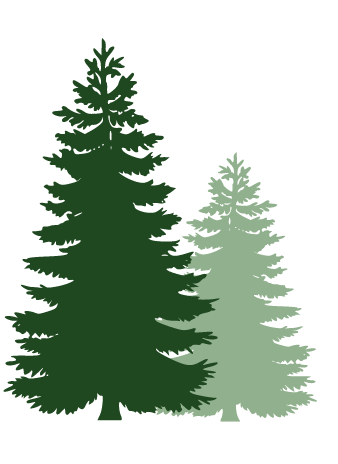
Sign up for monthly newsletters!
Get our latest articles, delivered right to your inbox. No spam, ever.
Contact Us
Check out the latest...



